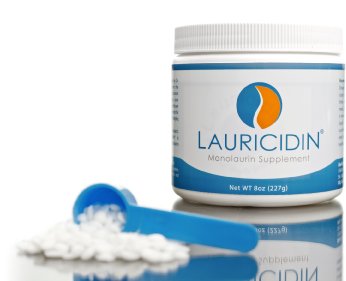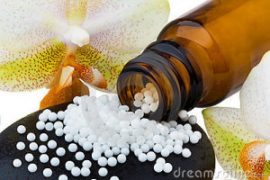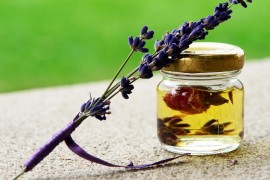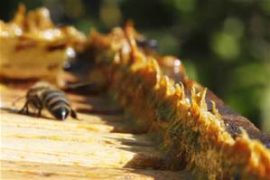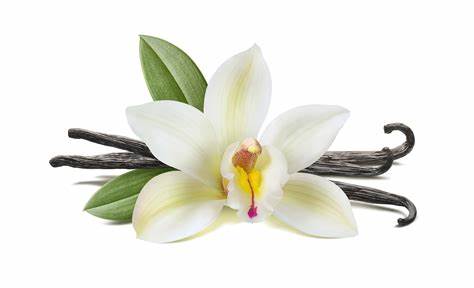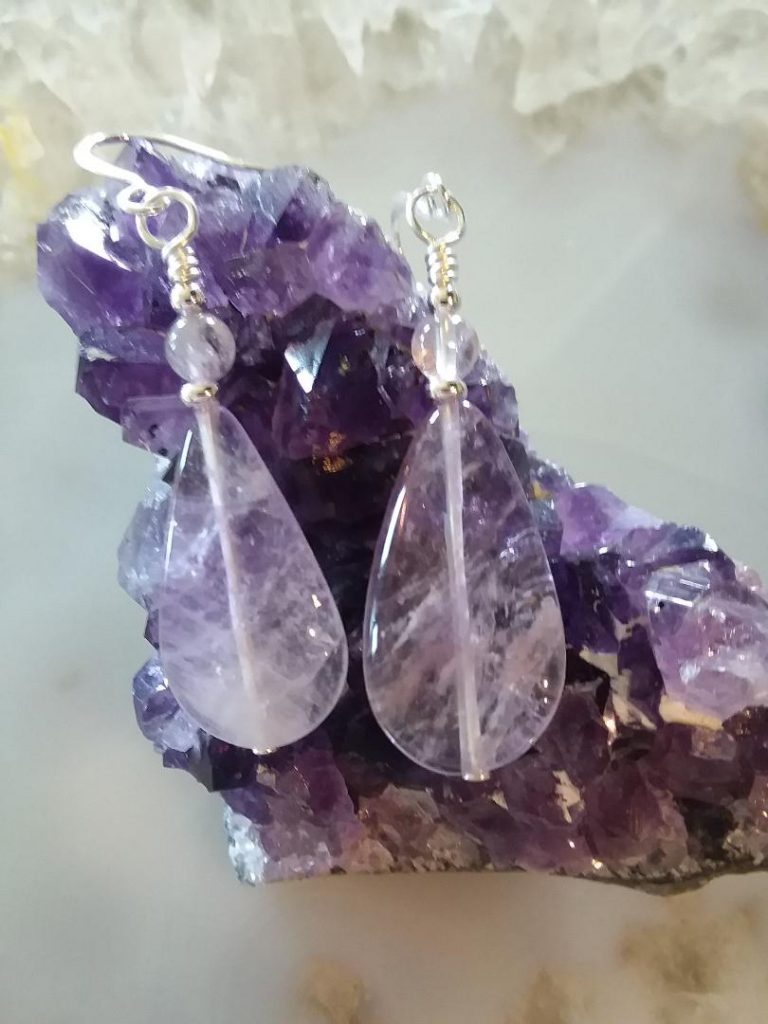What is monolaurin?
This component of coconut oil, is a great boost to your immune system. It can help with bacterial, fungal and viral infections. Monolaurin is naturally present in coconut. Coconut oil contains 48% lauric acid, which converts to monolaurin in the body. Due to its antibacterial and antiviral effects, as well as its lack of toxicity, it is also a promising antimicrobial.
So is monolaurin coconut oil? No. But as mentioned previously, as the body digests lauric acid, enzymes in your digest tract convert it to monolaurin. As cied in this 2016 science article: Coconut oil is made up of about 90 percent saturated fats and 9 percent unsaturated fats. However, the saturated fats in it differ from saturated fats in animal fats. Over 50 percent of the fats in coconut oil are medium chain fatty acids, such as lauric acid (12:0). Coconut oil is the highest natural source of lauric acid. Lauric acid and its derivative monolaurin constitute around 50 percent of coconut fat-derived lipid.
Monolaurin’s amazing health-promoting properties were first discovered in the 1960s by Dr. Jon J. Kabara.
How is monolaurin used?
Supplements-It can be taken as a dietary supplement.
General Health-Because of its efficiency in treating bacterial, fungal and viral infections, it’s a great option. It can help to strengthen the immune system and balance healthy gut bacteria and is also beneficial for skin conditions.
Food production-Monolaurin is used as a food additive, preservative and emulsifier in foods such as ice cream, spaghetti and margarine.
9 Health Benefits of Monolaurin
There are numerous benefits of monolaurin and with concern over antibiotic resistance and antibiotic allergies, monolaurin may be a realistic option for some individuals. It’s important to note that this is not an all-inclusive list of benefits, but it’s an impressive list.
Like all things it also has a few drawbacks such as die-off effects (Herxheimer reaction) from taking too high a dose and killing bacteria or viruses too quickly. In addition those with coconut allergies, shouldn’t use monolaurin. It’s worth talking with your healthcare practitioner to see if this is an option for you.
So let’s look at 9 benefits of monolaurin……
Antibiotic resistance– This continues to become an increasing problem around the world. As such, we need to be looking for natural, safe and healthy alternatives. The wonderful thing about lauric acid and monolaurin is their ability to not impact healthy bacteria and probiotics.
When comparing the effectiveness of monolaurin for skin infections to 6 conventional antibiotics (penicillin, oxacillin, fusidic acid, mupirocin, erythromycin, and vancomycin), the study revealed: Monolaurin has statistically significant in vitro broad-spectrum sensitivity against Gram-positive and Gram-negative bacterial isolates from superficial skin infections. Most of the bacteria did not exhibit resistance to it.
Candida–This in vitro study shares the effectiveness of glycerol monolaurate in inhibiting candida albicans.
Chronic fatigue (CFS)-Many people live with chronic fatigue, certain illnesses such as Epstein-Barr virus and human herpes virus 6 can trigger CFS. Due to its potent virus killing ability, monolaurin has been successful in in some cases of CFS.
Helps Fight Cold and Flu–Monolaurin’s ability to kill viruses was first reported in 1966. Since it is a potent antimicrobial it can kill microorganisms and stop their growth. This 2011 research paper also shares the benefits of monolaurin as a complementary and alternative option for swine flu. Many viruses can be hard to kill due to biofilm or outer layer of protective fat. Monolaurin can kill viruses that have an outer layer of fat (lipid) membrane. It also disrupts the ability of the virus to replicate by blocking DNA signals.
Herpes-Since this is a virus, monolaurin is a great option to treat cold sores caused by HSV. The Weston Price Foundation shares these dosage recommendations: Lauricidin is a great option to suppress herpes outbreaks. The usual dose to suppress the herpes is about 1/2 to 1 scoop, one to three times per day. It should be swallowed, not chewed, and always taken with some food. The dose should be increased slowly as tolerated and as gauged by its effectiveness.
H. Pylori-This common intestinal bacteria (Helicobacter pylori), is a gram negative bacteria, that is sensitive to monolaurin. Taking monolaurin alone or in conjunction with antibiotics may be beneficial in not only preventing but in treating stomach ulcers, especially those that are resistant to antibiotics.
Immune System Booster– Monolaurin helps to improve T-cell function. One of the jobs of T-cells is to recognize and kill viruses and bacteria.
Lyme disease-Monolaurin kills the bacteria Borrelia burgdorferi, the causative pathogen of Lyme disease. This is a challenging disease to treat, as many hidden forms of the bacteria can cause the illness to relapse. This study reveals that one of the most effective antimicrobial compounds against Borrelia was monolaurin.
Staph bacteria-Since monolaurin is antibacterial, it has proven effective at killing bacteria like Staphylococcus aureus, which causes staph infections. Both in vitro and vivo studies show its ability to act as both a therapeutic and preventative agent to fight staph infections.
In conclusion
Monolaurin is naturally found in coconut fat, breast milk, and small amounts are also found in goat and cow milk.
Its health properties were discovered in the 1960’s by Dr. Jon K. Kabara.
It offers numerous health benefits due to its antiviral, antibacterial and antifungal properties including relief from cold, flu, CFS, as well as bacterial, fungal and viral infections.
It’s available both inline and in health food stores.
Monolaurin in pellet form (Lauricidin) rather than capsules, allows the individual to begin with minimal doses and avoid Herxheimer reactions.
Doses should begin gradually with 2-3 pellets at a time and work up to your desired dose to avoid a die-off reaction often referred to as Herxheimer reaction. The Herxheimer reaction occurs if bacteria or yeast die off quickly and release toxins into your body that can result in the following temporary symptoms: acne, skin rash, headache, muscle aches or nausea.
Always consult with your healthcare provider before adding any new supplement to your routine.

